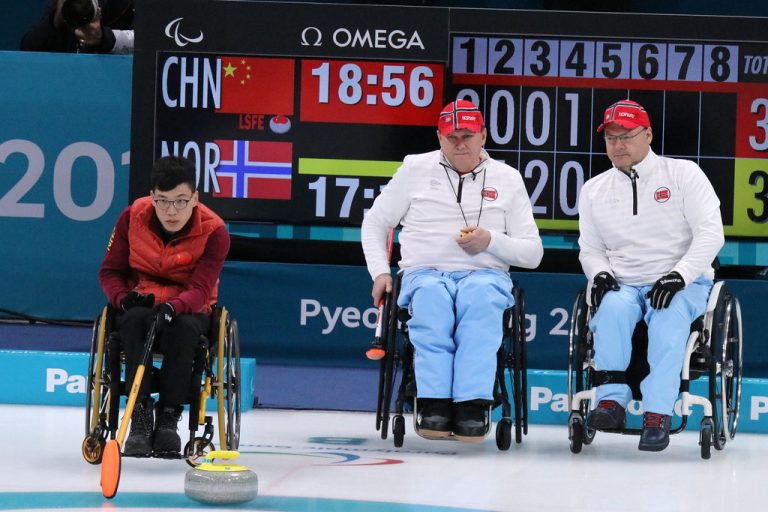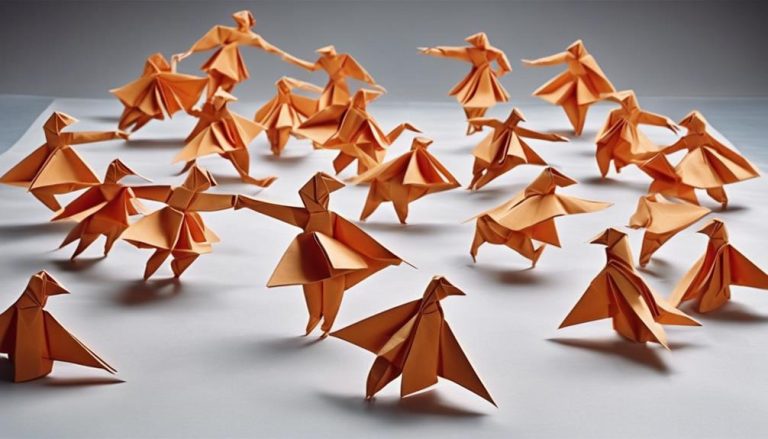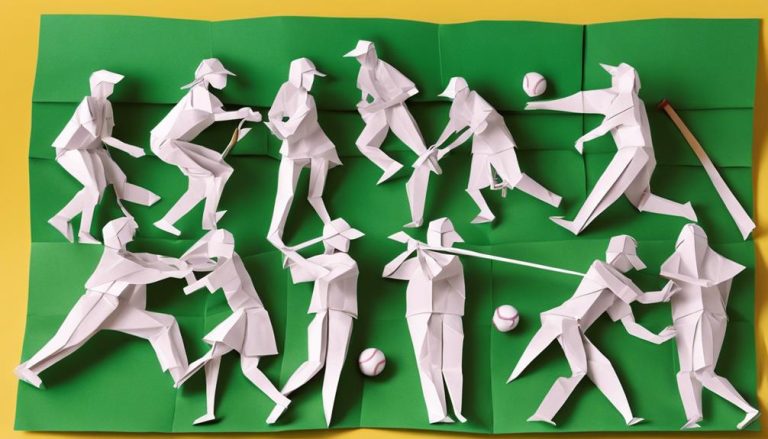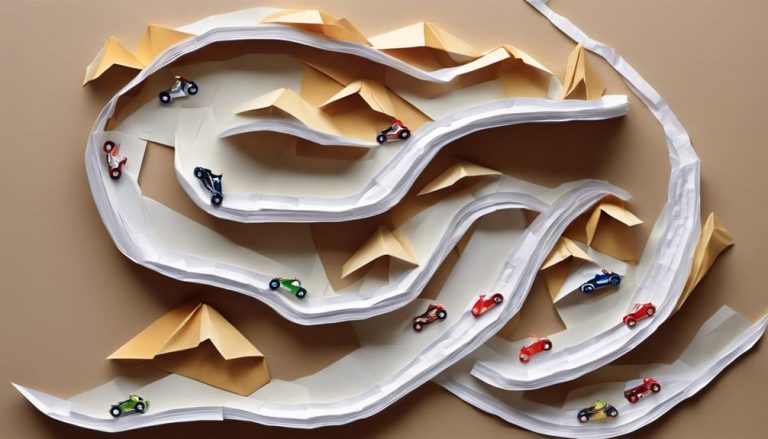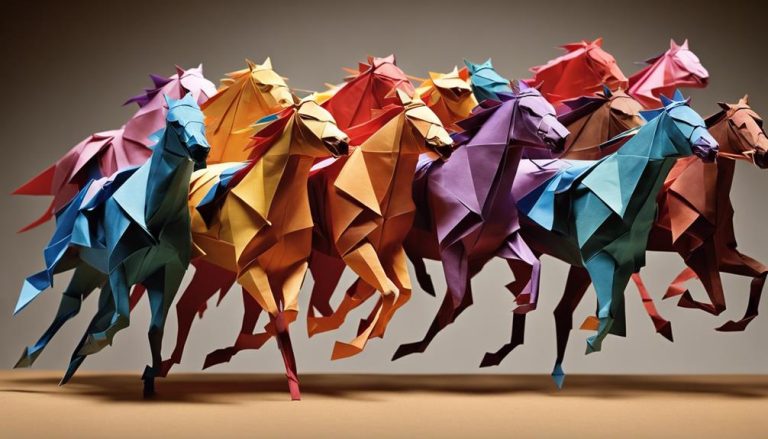General Rules of Motorcycling Road Racing
When it comes to motorcycling road racing, remember the age-old saying, 'Safety first.' As a rider, steering through the twists and turns of the track requires precision and adherence to established guidelines. From understanding flag signals to mastering overtaking maneuvers, there's a multitude of vital elements to keep in mind. As you gear up for the race, knowing the ins and outs of these general rules can make all the difference between a successful run and a disappointing outcome.
Safety Gear Requirements
When gearing up for motorcycling road racing, ensuring you have the appropriate safety gear is absolutely essential. Your helmet fit is paramount. It should snugly sit on your head, not too tight to cause discomfort but secure enough to stay in place during a race. A well-fitted helmet can be a lifesaver in the event of a crash, providing vital protection for your head and neck. Remember, safety first!
Now, let's talk about glove material. Your hands are your connection to the bike, making the right gloves an important part of your safety gear. Opt for gloves made from durable materials like leather or Kevlar. These materials offer abrasion resistance and protection in case of a fall. Additionally, look for gloves with reinforced palms and knuckle protection for added safety.
Choosing the right safety gear is not just about following the rules; it's about protecting yourself while enjoying the thrill of the race. Your helmet and gloves are your shields on the track, so invest in quality gear that fits well and provides the necessary protection. Remember, being liberated on the road comes with responsibilities, and ensuring your safety gear is up to standard is one of the most important ones. Ride safe, ride free!
Race Classifications
Exploring the various race classifications in motorcycling road racing adds depth and excitement to your understanding of the sport. Race classifications are essential in determining the type of competition you will face on the track. Understanding these classifications can help you tailor your race strategies to suit the specific requirements of each class and excel in different track conditions.
In motorcycling road racing, race classifications are often divided based on factors such as engine size, rider experience, and bike modifications. Each class presents unique challenges that require specific skills and techniques to master. For instance, in classes with larger engine sizes, you may need to focus on advanced braking techniques to handle the increased speed and power of the bikes. On the other hand, classes that emphasize cornering skills will test your ability to navigate tight turns efficiently while maintaining speed.
Flag Signals Meaning
Alright, let's talk about the fascinating world of flag signals in motorcycling road racing. Understanding the meaning behind different flag colors and common flag signals is essential for every racer out there. So, buckle up and get ready to decode those colorful messages on the track!
Flag Colors Explanation
Understanding the meanings behind different flag colors is essential for motorcyclists participating in road racing events. It not only guarantees your safety but also contributes to maintaining racing etiquette. Here is a quick guide to flag colors:
- Green Flag: Signals the start of a race or the end of a caution period.
- Yellow Flag: Indicates danger ahead, prompting riders to slow down and be cautious.
- Red Flag: Instructs riders to stop immediately, usually signifying a race stoppage due to a serious incident.
Knowing these flag colors and their meanings will help you navigate the race track effectively, respond promptly to changing conditions, and show respect for your fellow racers.
Common Flag Signals
Exploring a road racing event efficiently requires a keen awareness of the common flag signals used to communicate important information to riders. Understanding flag recognition and flag etiquette is essential for a safe and successful race. Below is a table outlining some of the most common flag signals and their meanings:
| Flag Color | Meaning |
|---|---|
| Red | Stop immediately |
| Yellow | Caution, slow down |
| Green | Race start or clear track ahead |
| Checkered | End of the race |
Overtaking Protocol
When it comes to overtaking in motorcycling road racing, mastering safe passing techniques is essential. Knowing how to communicate effectively during overtakes can make the difference between a successful maneuver and a dangerous situation. Let's explore the points of safe passing techniques and communication strategies to enhance your racing skills.
Safe Passing Techniques
Moving through the race track requires precise timing and strategic positioning to execute safe passing techniques effectively. When it comes to overtaking opponents, remember these key points:
- Passing etiquette: Respect your fellow racers by avoiding overly aggressive maneuvers.
- Strategic positioning: Anticipate the best spots on the track to make your move.
- Smooth guarantee: Assure a swift but controlled guarantee out of the pass to maintain your lead.
Communication During Overtakes
For effective communication during overtakes in motorcycling road racing, make clear and concise signals are used between riders to enhance safety and coordination on the track. Communication vital plays a vital role in ensuring smooth overtaking maneuvers. Riders should establish a system of signals before the race to indicate their intentions during overtakes clearly. Strategic positioning is key; riders need to anticipate their moves and position themselves correctly to communicate their next actions effectively. Maintaining a respectful distance and being aware of other riders' signals is essential for a successful overtake. By following communication vital and strategic positioning guidelines, riders can navigate overtakes smoothly and safely, leading to a more coordinated and enjoyable racing experience for everyone on the track.
Track Limits and Boundaries
Managing track limits and boundaries requires precise control and strategic positioning to maximize performance on the racecourse. When moving through the twists and turns of a racing circuit, it is vital to understand the importance of staying within the designated track boundaries while pushing the limits of your bike and skills. Here are some key points to take into account:
- Respect the Track Limits: Straying beyond the track limits not only poses a safety risk but can also lead to penalties or disqualification. It is critical to stay within the defined boundaries to guarantee fair play and maintain the integrity of the race.
- Avoid Corner Cutting: Cutting corners to gain an advantage might seem tempting, but it goes against the spirit of track etiquette and sportsmanship. Embrace the challenge of taking each corner as intended, showcasing your racing prowess without resorting to shortcuts.
- Maintain Sportsmanship: Upholding a sense of sportsmanship on the track is vital for fostering a positive racing environment. Treat your fellow racers with respect, follow the rules diligently, and compete fairly to earn your place on the podium.
Bike Inspection Checklist
When making sure your bike is race-ready, starting with a thorough inspection checklist is key to maximizing performance and safety on the track. Pre race preparation is vital, and conducting a detailed check of your equipment is a fundamental step before hitting the racing circuit.
To begin, inspect the tires for any signs of wear, making sure they are properly inflated and have sufficient tread depth for best grip. Check the brakes to guarantee they are responsive and in good working condition, as well as examining the brake fluid levels. It is important to assess the suspension and make any necessary adjustments based on your weight and riding style to enhance stability and handling during the race.
Moving on to the engine, check for any leaks, and make sure all fluid levels are topped up. Lubricate the chain and sprockets, and test the throttle and clutch for smooth operation. Additionally, examine the lights and signals to confirm they are functioning correctly. Finally, inspect the overall frame and bodywork for any damage that could affect the bike's structural integrity.
Regular equipment maintenance is key to a successful racing experience, so make sure to follow this checklist diligently to keep your bike in top condition. By prioritizing these checks, you'll not only maximize your bike's performance but also ensure a safe and enjoyable time on the track.
Post-Race Procedures
After completing a thrilling motorcycle race, make sure you follow essential post-race procedures to maintain your bike's performance and longevity. Once you cross that finish line, the adrenaline might still be pumping, but taking care of your motorcycle post-race is critical for future success on the track. Here are some key steps to make sure your bike stays in top shape:
- Podium Celebrations: While it's tempting to bask in the glory of a podium finish, don't forget to first park your bike in a safe area. Celebrate your achievement, but remember that your motorcycle needs some attention too.
- Rider Interviews: If you're lucky enough to be interviewed after the race, make sure your bike is safely parked and secure before stepping away. Your fans might want to see you, but your bike needs immediate care.
- Post Race Debrief, Team Strategy: Once the celebrations are over, it's time to focus on the post-race debrief with your team. Discuss the race, analyze your performance, and strategize for the next event. While you're deep in discussion, make sure someone is looking after your motorcycle, checking for any issues or damage it may have sustained during the race.
Frequently Asked Questions
How Can I Improve My Cornering Technique on the Race Track?
Feeling the need for speed on the track? To up your cornering game, focus on body positioning and braking. Lean into those turns, control your throttle, and release your inner racer. Go get 'em!
What Type of Training Is Recommended for Motorcyclists Looking to Get Into Road Racing?
If you want to excel in road racing, focus on track etiquette and mental preparation. Mastering these aspects will boost your performance and confidence on the track, setting you up for success in racing.
What Are Some Common Mistakes to Avoid as a Beginner Road Racer?
When starting road racing, avoid crashes by staying focused, learning the track, and not pushing beyond your limits. Accelerate smoothly to maintain control and improve lap times. Practice patience, study lines, and respect the sport.
How Can I Properly Adjust My Suspension for Optimal Performance on the Track?
To properly adjust your suspension for best track performance, focus on suspension setup and tuning. Prioritize track preparation and strategy. A well-tuned suspension enhances control and stability, making your ride more efficient and enjoyable on the track.
Are There Any Specific Diet or Fitness Recommendations for Road Racers to Improve Performance on Race Day?
To improve performance on race day, focus on hydration strategies and pre-race nutrition. Stay hydrated with water and electrolytes, and fuel up on carbs and proteins. These adjustments can boost your energy and endurance levels.

